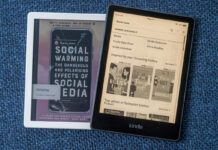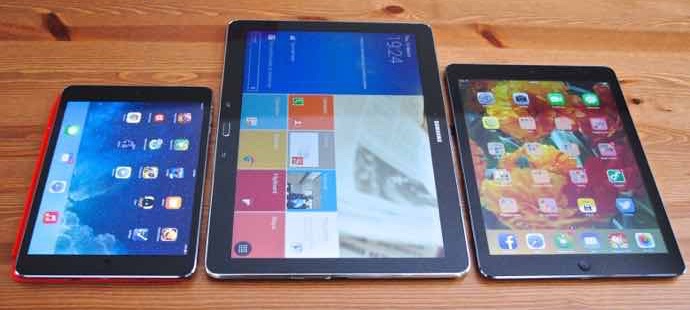
After a few years where tablet makers raced to get smaller products such as the Nexus 7 and iPad Mini out the door, these days the industry seems focused on getting bigger. Microsoft has been making waves with the Surface Pro and one of the big announcements Apple made in September was the arrival of a long-rumoured—and very large—iPad Pro. But if the appeal of tablets is their portability, why would anyone want a super-sized version of the device? I’ve had the opportunity use many of these big tablets over the past year or so and I can see why they’re growing in popularity.
Reason 1: Phablets are the New Small Tablets
One of the big reasons for the interest in bigger tablets is the rise in popularity of phablets, smartphones with big displays. When the average smartphone had a 4-inch display, there was a big enough difference in usability to also buy a small tablet. But with many of today’s smartphones sporting high resolution 5-inch and larger displays (the new Samsung Galaxy S6 Edge+ has a 5.7-inch Quad HD display), many smartphone owners are finding their small tablets just aren’t seeing much use any more.
To make a worthwhile leap in usability, a larger tablet has more appeal.
Reason 2: Easier to See
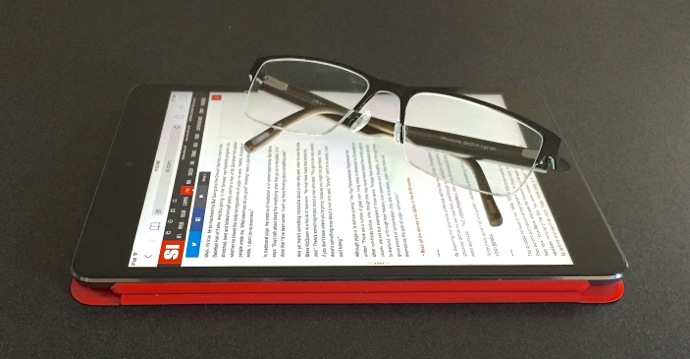
This may just be my demographic, but the displays on many tablets can lead to considerable squinting, especially when trying to read content on a text-dense website. High resolution displays have made the tiny text crisper, but there can still be a lot of zooming involved and I’ve recently had to make the leap (?) to bifocals in order to get my morning digital newspaper fix using an iPad.
While I found holding a big tablet like the Samsung Galaxy NotePRO 12.2 in portrait mode for reading a little awkward, I got used to soon enough and that massive screen real estate makes reading so much more pleasant. With every generation getting thinner, big tablets are now light enough that holding them like a “normal” tablet for a length of time isn’t a stretch.
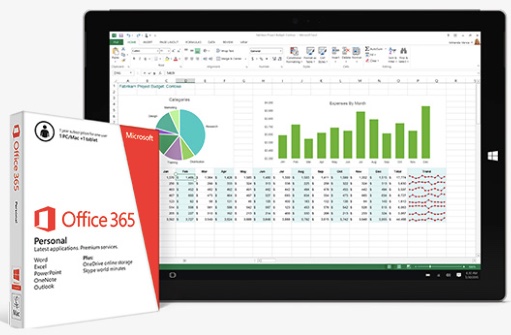 Reason 3: Productivity (More on the Screen)
Reason 3: Productivity (More on the Screen)
Overlap of smaller form factors with phablets aside, the primary reason why more people are considering super-sized tablets is the massive productivity boost they offer over smaller versions.
In one way, this builds on my previous point about squinting. Even someone with 20/20 vision will prefer reviewing something like a complex Excel spreadsheet on a 12-inch HD+ display like the Surface Pro 3’s compared to a typical casual-use tablet such as the 8.9-inch iPad Air 2. If you’re trying to get stuff done on a tablet, more screen real estate is invaluable, if for no other reason than a less compressed view.
But super-sized tablets offer more than just a bigger view of what you’re working on.
The first few generations of tablets got computer users accustomed to the mode of working with one app at a time. If you wanted to see information from a different app, you had to pop out of the app you were currently in and into the other.
Big tablets like the Galaxy NotePRO 12.2 showed what true multi-tasking could be like on Android, while Microsoft’s Surface Pro 3 has a display that’s large enough and with high enough resolution that running Windows with multiple windows open simultaneously works just as well as with a laptop. Apple waited until iOS 9—with its new Slide Over, Picture in Picture and Split View two app functionality—to release the new 12.9-inch iPad Pro.
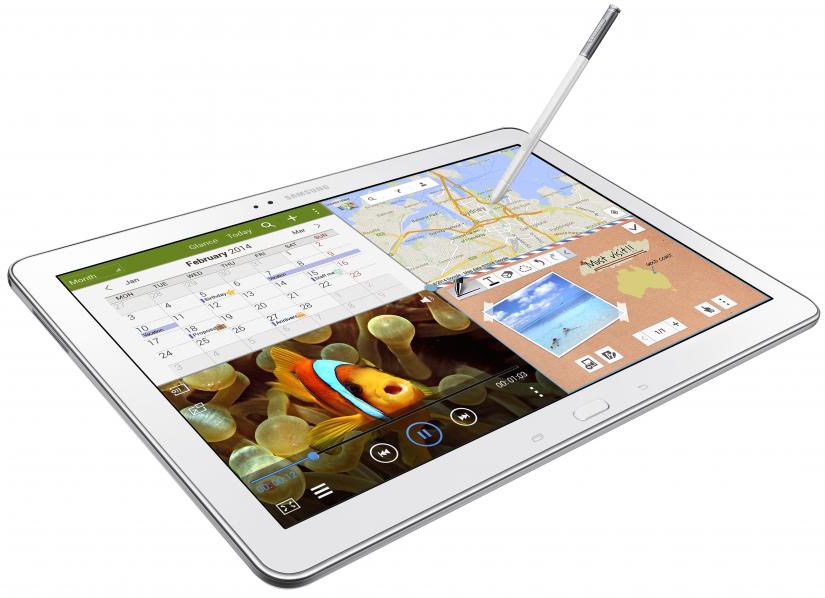
Being able to have multiple apps open simultaneously, with a display big enough and sharp enough to actually make out the detail, is a huge boost to productivity. It enables the multitasking approach many of us have grown accustomed to and while you can have two apps open simultaneously on smaller tablets, the feature is simply better suited to a large form factor.
And it’s not just professional users who benefit from the capabilities of these super-sized tablets. Split screen means being able to watch streaming video or surf the web while having your IM client or e-mail also open and in view. No more having to pause the action to flip back and forth between screens …
Reason 4: Big Enough to be a True Laptop Replacement
Many people use their tablet as a laptop replacement. I frequently do so when travelling, popping my iPad into a case with a built-in Bluetooth keyboard.
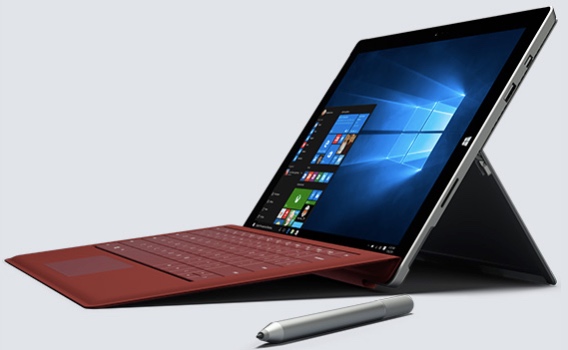
Whether you call it a convertible 2-in-1 laptop, or a tablet with the ability to transform into a laptop, a big tablet is better suited to being a true laptop replacement than smaller tablets. Besides the fact that that the smaller display means less information being shown (or having to squint), a small form factor means a small keyboard case and that means working on a “laptop” that’s closer to a netbook in appearance and usability.
We’ll see how the iPad Pro fares in this regard, but at the moment, Microsoft has the whole big tablet to laptop transformation pretty much down to an art. Add a Touch Type keyboard—with full-sized, backlit keys—to a Surface Pro 3 and you go from a super-sized tablet to a laptop running Windows (and Windows software) that weighs half as much as most Ultrabooks yet has a display that’s just as big as many laptops in this class.
Reason 5: Awesome for Entertainment
A super-sized tablet is clearly superior to smaller tablets when it comes to productivity. But that big display also makes for a multimedia powerhouse. In one of the tougher aspects of my role as someone who reviews the latest high tech gear, I am “forced” to play games and watch movies on new tablets that arrive. While smaller tablets have an advantage when travelling, I can say that it was hard to watch an HD movie on my iPad when that massive Galaxy NotePRO 12.2 was around. Along with the big displays, bigger tablets tend to have superior sound systems as well. Anyone who uses their tablet primarily for entertainment should check out the extra large options to see the difference.
Smaller tablets still have a number of advantages. Portability is obviously a key one—you’re not going to slip a Surface 3 in a coat pocket the way you can a Nexus 7. Cost is also a big one, since all those pixels don’t come cheap. But the next time you find yourself in the market for a new tablet or laptop, you really should take the time to have a serious look at the latest crop of super-sized tablets. You may well find that bigger is better this time around.


